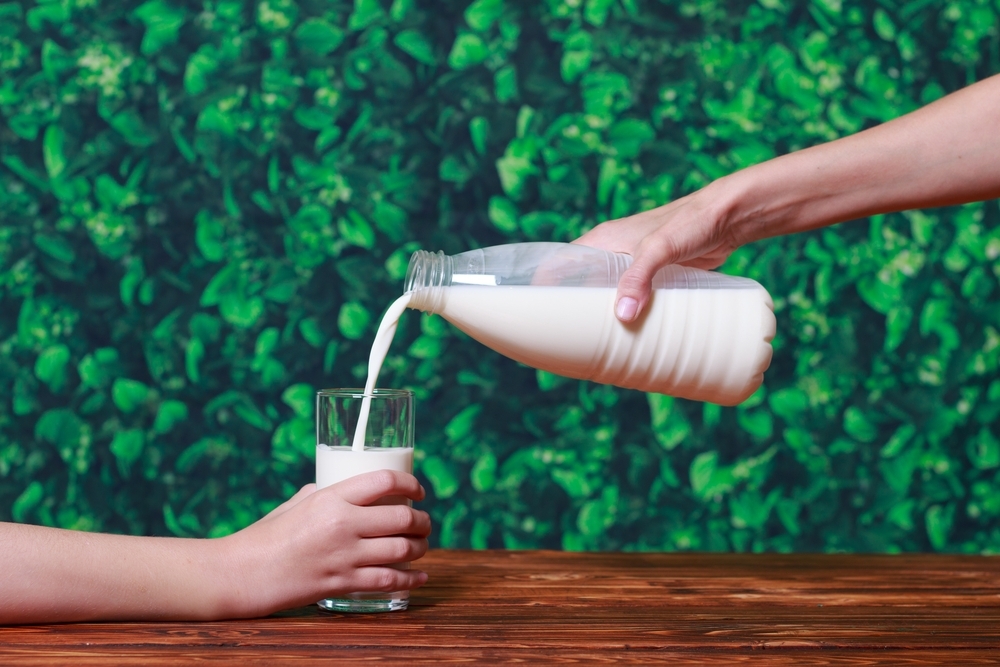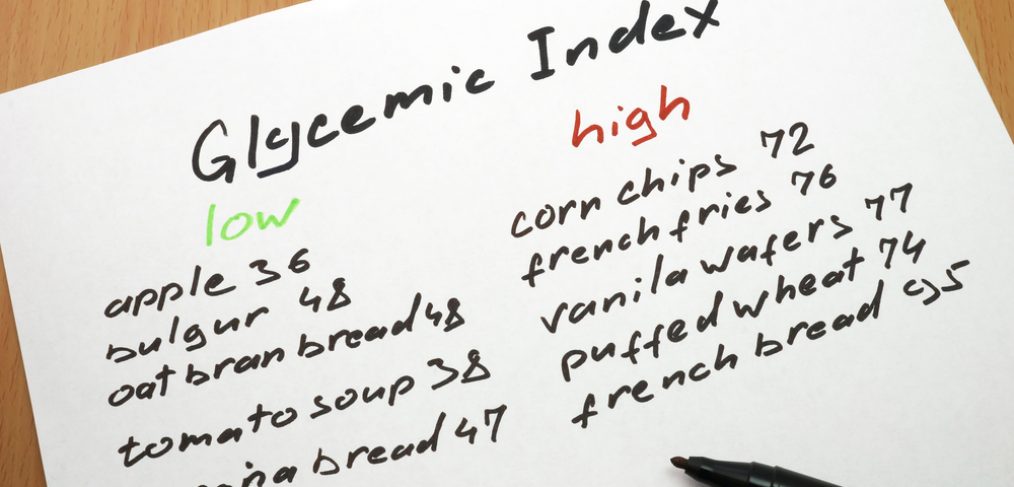Move over skinny cows! It’s great news for the extra cheese and “no such thing as too much butter” crowd; scientists have found that full fat dairy food does not increase your risk of heart attack. What, you may ask? Does this mean I can stop eating this strange excuse for ice cream I have in my freezer? Depends on your motivation, but one thing’s for sure, this is something that your stomach and heart will both approve of. Recent studies have shown that those who consume full fat dairy may actually be healthier than their low fat dairy eating (cow)nterparts. Read on for more.
The Evidence, Or Lack Thereof
What tastes good can’t possibly be good for you, right? Well, maybe it can. Recently, dairy researchers have found that, contrary to popular beliefs about saturated fats leading to heart attacks, there may be nutrients in dairy products that actually prevent them. According to researcher Stella Aslibekyan of Brown University, “Things like milk and cheese are very complex substances. We looked at heart attacks risk dairy products in their entirety and then looked at separate components of those dairy products, and it turns out that the results are null. Perhaps the evidence is not there.”
Benefits of Dairy
While Aslibekyan’s team is far from suggesting that the presence of saturated fats in dairy products is harmless, she does believe that other nutrients found in dairy, such as vitamin D, calcium, and potassium may offer protection from heart disease. According to a study published in Nutrition, Metabolism, and Cardiovascular Diseases journal a study of 3,630 Costa Rican men found that dairy intake in heart attack sufferers was no different than that of those who did not get heart attacks, even when consumption was as high as 593 grams a day. Researcher, Dr. Anna Baylin says, ” The message is that it is important to look at the net effect of whole foods and dietary patterns and not only isolated nutrients.

Full Fat Dairy May Be Healthy
Additional research corroborates the Brown University study. There is evidence that full fat dairy key reduce the risk of:
- Diabetes
Palmitoeic acid, occurring naturally in meat and full fat dairy food, can protect against diabetes and insulin resistance. One study showed that individuals who consumed a diet including whole fat dairy had higher blood levels of trans-palmitoleate, decreasing their risk of developing type -2 diabetes by two thirds, as compared to those with lower levels. - Cancer
Conjugated linoleum acid, a.k.a. CLA, is a type of fat found naturally in cow’s milk that can significantly lower the risk of cancer. A study found that those who ate a minimum of four serving of high fat dairy per day had a 41 % lower risk of bowel cancer than people who ate less than one. - Heart Disease
A sixteen year study of Australian adults found an indirect relationship between full fat dairy consumption and the likelihood of developing cardiovascular disease.
Full Fat Dairy and Weight-Loss
Females who indulged in one serving of full fat dairy were found to gain 30% less weight over a nine year span than their low fat eating counterparts.
What do you think of the info? Willing to scrap your 1 and 2% milk for the pure stuff? Let us know!












